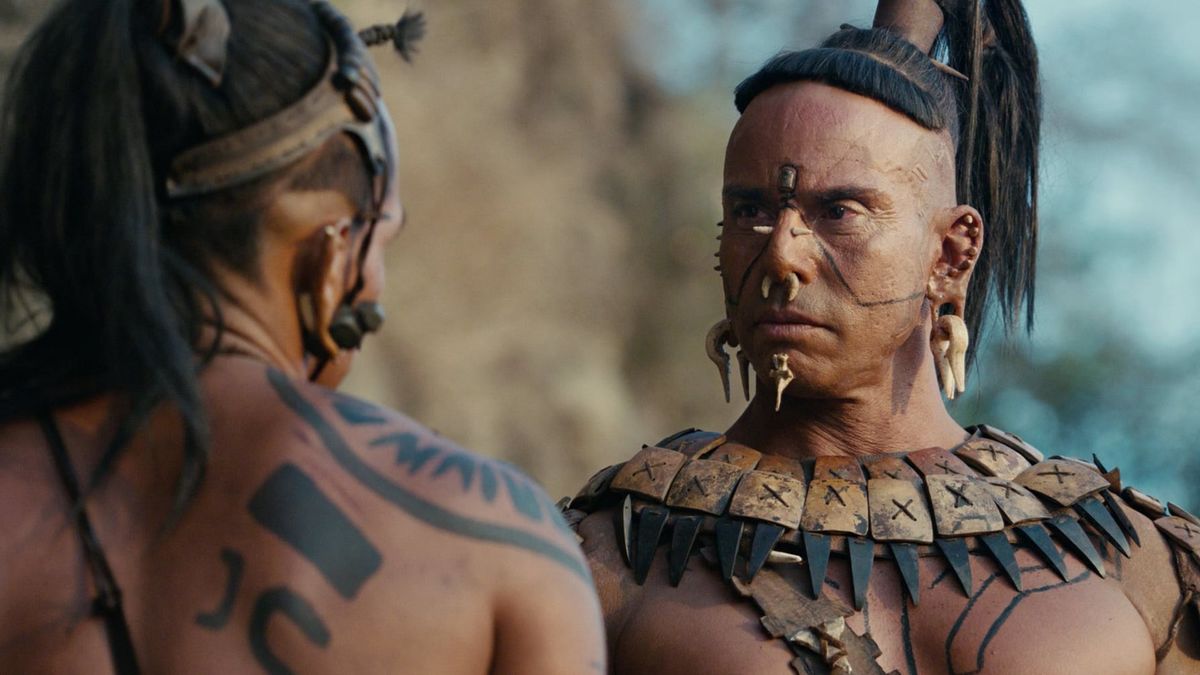When Apocalypto released in 2006, it shattered every expectation of what a historical action-drama could be. Directed by Mel Gibson, the film is set during the declining days of the ancient Mayan civilization — and it tells a raw, gripping story of survival, culture, and collapse.
A Story Beyond Language and Borders
Unlike most Hollywood films, Apocalypto is not in English. The entire dialogue is in Yucatec Maya, an ancient indigenous language — yet the storytelling is so visual, intense, and human that language becomes secondary.
The plot follows Jaguar Paw, a young tribesman who is captured by a violent invading force but escapes to rescue his pregnant wife and child. It’s a story of personal endurance set against a civilization on the brink of destruction.
Why Apocalypto Still Stands Out Today
Even after nearly two decades, Apocalypto remains one of the most visually powerful and emotionally intense historical dramas ever made. Here’s why it’s still relevant:
-
Authenticity: The film uses real locations in Mexico, accurate costumes, and traditional language, creating an immersive experience.
-
Practical Effects: From jungle chases to violent rituals, the movie leans heavily on real stunts and makeup, not CGI.
-
Universal Themes: Fear, hope, survival, and the breakdown of society — themes that connect with any generation.
A Brutal Portrayal of Mayan Culture — But Is It Accurate?
Historians and critics have debated the accuracy of Apocalypto. Some argue that it focuses too heavily on violence and human sacrifice, ignoring the scientific and mathematical achievements of the Maya. Others defend it as a fictionalized narrative meant to show the decay of any great empire under moral and structural collapse.
Regardless of accuracy, it has sparked global interest in pre-Columbian history, especially among young viewers who had never heard of the Mayan calendar or cities like Tikal and Chichen Itza.
Cinematography That Deserves Applause
The visual direction in Apocalypto is nothing short of breathtaking:
-
Lush green jungles
-
Majestic temples
-
Rain-soaked battles
-
Long one-take chase scenes
All these elements create tension without needing dialogue. The camera tells half the story.
Behind the Scenes: Mel Gibson’s Risk Paid Off
When Mel Gibson announced Apocalypto, many questioned the idea of making a big-budget film in an ancient dialect. But the critical acclaim and box office success proved the risk was worth it.
The movie was made on a $40 million budget and grossed over $120 million worldwide. It received praise for direction, acting, and originality — even earning nominations at the Academy Awards and BAFTAs.
Popular Search Questions Around Apocalypto
Here are some popular Google search terms (with high SEO value):
-
“Is Apocalypto based on a true story?”
-
“What language is spoken in Apocalypto?”
-
“Apocalypto explained”
-
“Was Jaguar Paw a real person?”
-
“Historical accuracy of Apocalypto”
These queries show the lasting curiosity viewers have about the film’s background and meaning.
Cultural Impact and Legacy
Apocalypto influenced a generation of filmmakers and historians alike. It showed that:
-
A non-English film could do well globally
-
Action doesn’t always need guns or superheroes
-
Indigenous stories matter
It’s now often included in film studies, anthropology discussions, and even university-level debates about history and storytelling.
Final Thoughts
Apocalypto is not just a film — it’s a cinematic experience. It blends the thrill of survival with the weight of historical collapse. Whether you’re watching for the action, the visuals, or the cultural insight, one thing is clear: this movie leaves an impact.
In a world of predictable blockbusters, Apocalypto remains one of those rare gems that dares to be different — and succeeds.
